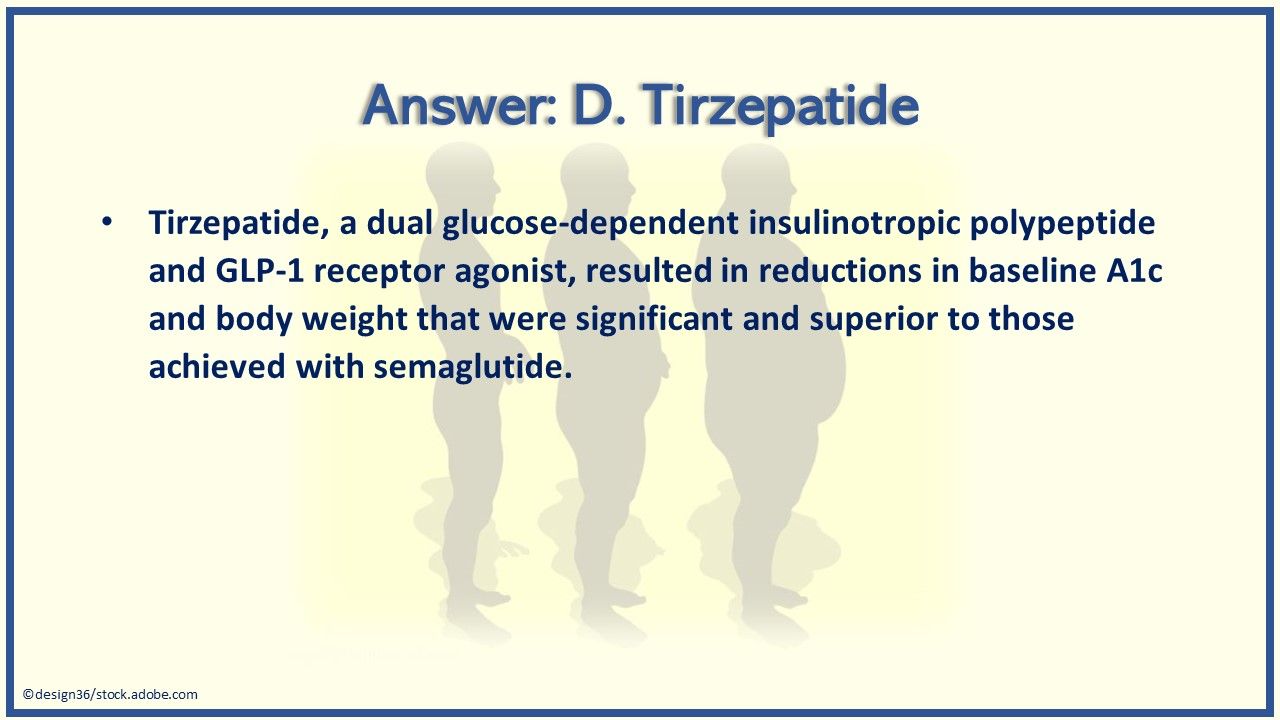
September 5, 2024
Tesofensine Peptide In Midlothian, Va
Novel Anti-obesity Medicines And Plasma Lipids Page 3 Nevertheless, the unintended weight-loss triggered by Tesofensine therapy brought about its growth as an anti-obesity medication. Tesofensine creates a little boost in metabolic rate but it appears to generate weight management mostly with a decrease in food consumption [92,93] NeuroSearch's tesofensine, an inhibitor of pre-synaptic uptake of the neurotransmitters serotonin, noradrenaline and dopamine, acts primarily as a cravings suppressant with Hop over to this website concomitant impacts on fat oxidation and resting power expenditure.Pharmacological Communication With A Serotonin Hunger Suppressant
What is the future anti weight problems medication?
Semaglutide 2.4 mg once weekly, a subcutaneously provided GLP-1 RA approved for obesity therapy in 2021, results in 15-17% mean weight reduction (WL) with proof of cardioprotection. Oral GLP-1 RA are additionally under growth and very early information reveals comparable WL efficiency to semaglutide 2.4 mg.
What Is Tesofensine Peptide?
Existing pharmacotherapeutic methods include stimulants that raise power intake, anti-diabetic agents, hypothalamic-- pituitary substitution treatment, octreotide, and methionine aminopeptidase 2 (MetAP2) inhibitors. Some medicinal studies of hypothalamic weight problems record weight reduction or stabilization but reported intervention durations are brief, and others report no impact. Unique or combined strategies to take care of hypothalamic weight problems are therefore needed to accomplish legitimate and continual weight loss. Identifying etiological factors adding hypothalamic obesity may cause multi-faceted treatments targeting hyperphagia, insulin resistance, lowered power expenditure, sleep disruption, hypopituitarism and psychosocial morbidity. Placebo-controlled tests making use of current solitary, or mix treatments are needed to establish the effect of therapeutic agents.- The goal of anti-obesity therapy is finding substances that are effective and have marginal side effects.
- However, whereas fat burning effects generally translate from rodents to humans, maximal efficacy is traditionally two to four times reduced in human beings about rodents (Fig. 3).
- Tesofensine Peptide is categorized as a pre-synaptic reuptake prevention of dopamine, serotonin, and noradrenaline.
- This sort of lump frequently affects the physical feature of the hypothalamus, a part of the brain that controls cravings and metabolic process, hence causing fast, unbending weight gain, a condition known as hypothalamic excessive weight [50]
- Considered that rest is thought about to be a period of power conservation, hypersomnia in individuals with hypothalamic damage can lead to a reduction in energy expense (58 ).


Social Links